PSLV-C58 XPoSat Mission launch: 10 things to know about this successful ISRO space odyssey
PSLV-C58 XPoSat Mission launch: The Indian space agency ISRO has just registered another success with the launch of its newest satellite to study pulsars, black holes, neutron stars, Magnetars, and more.
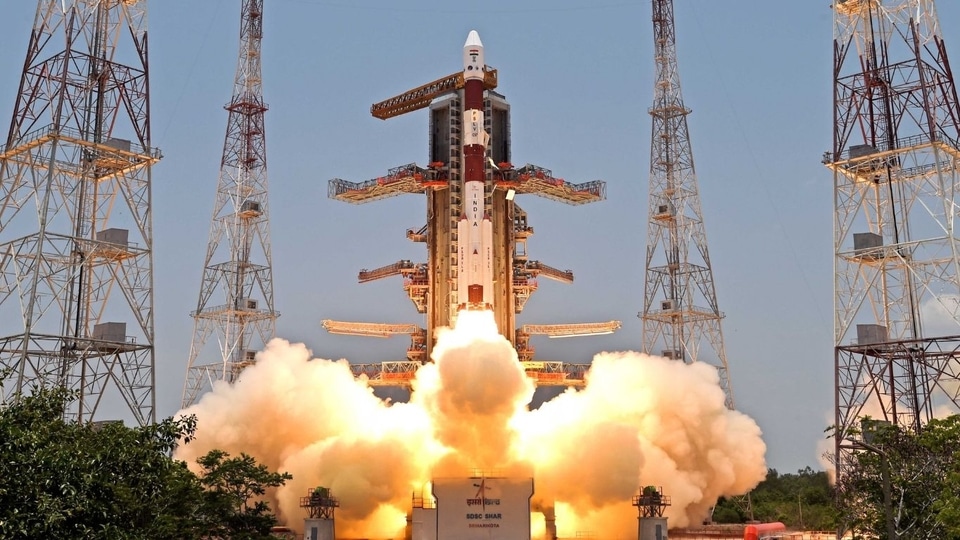
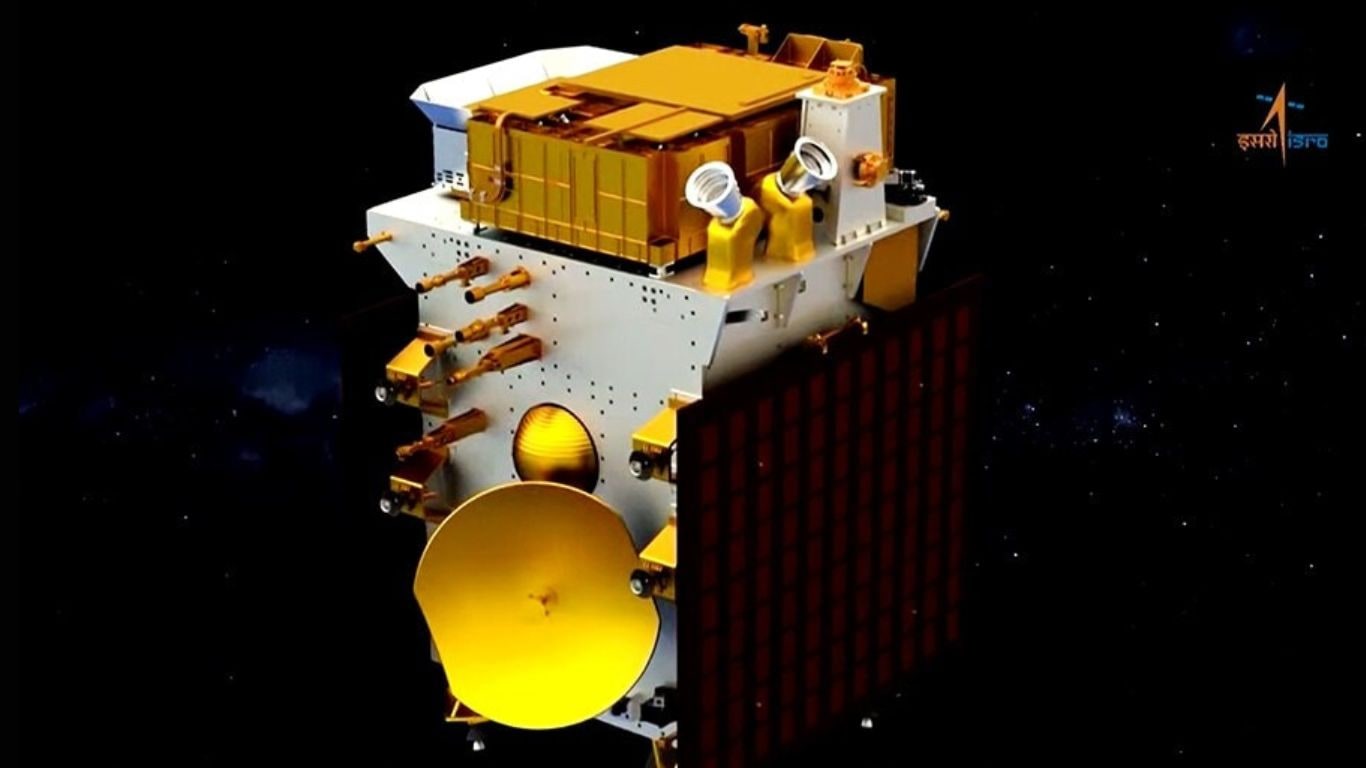
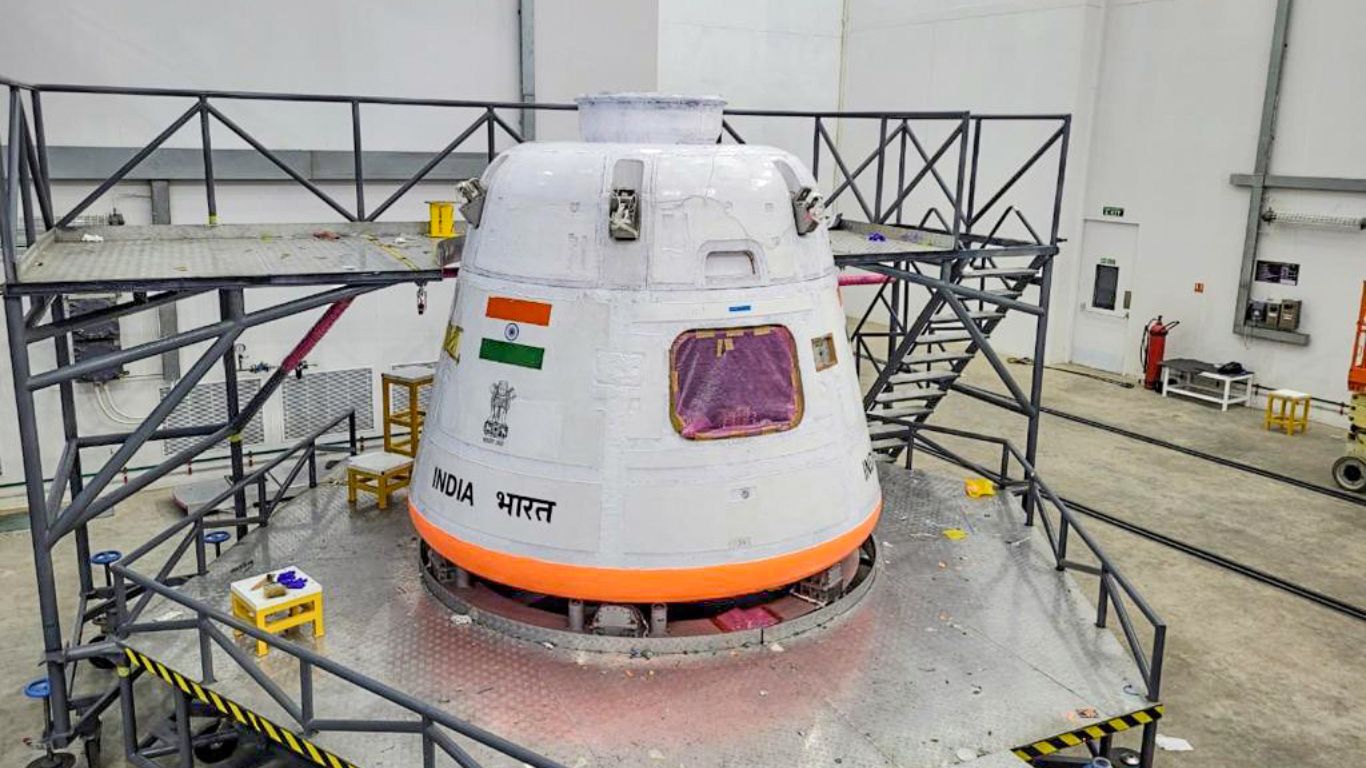

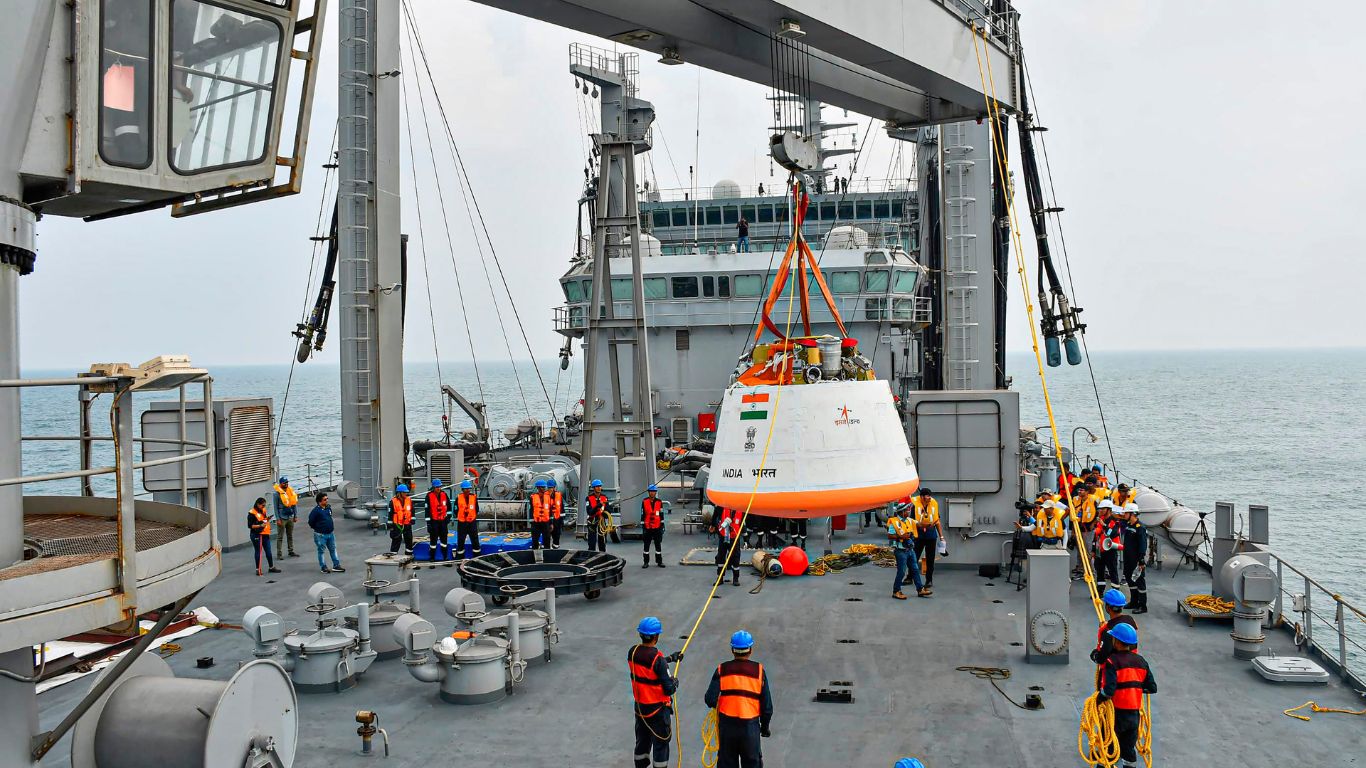
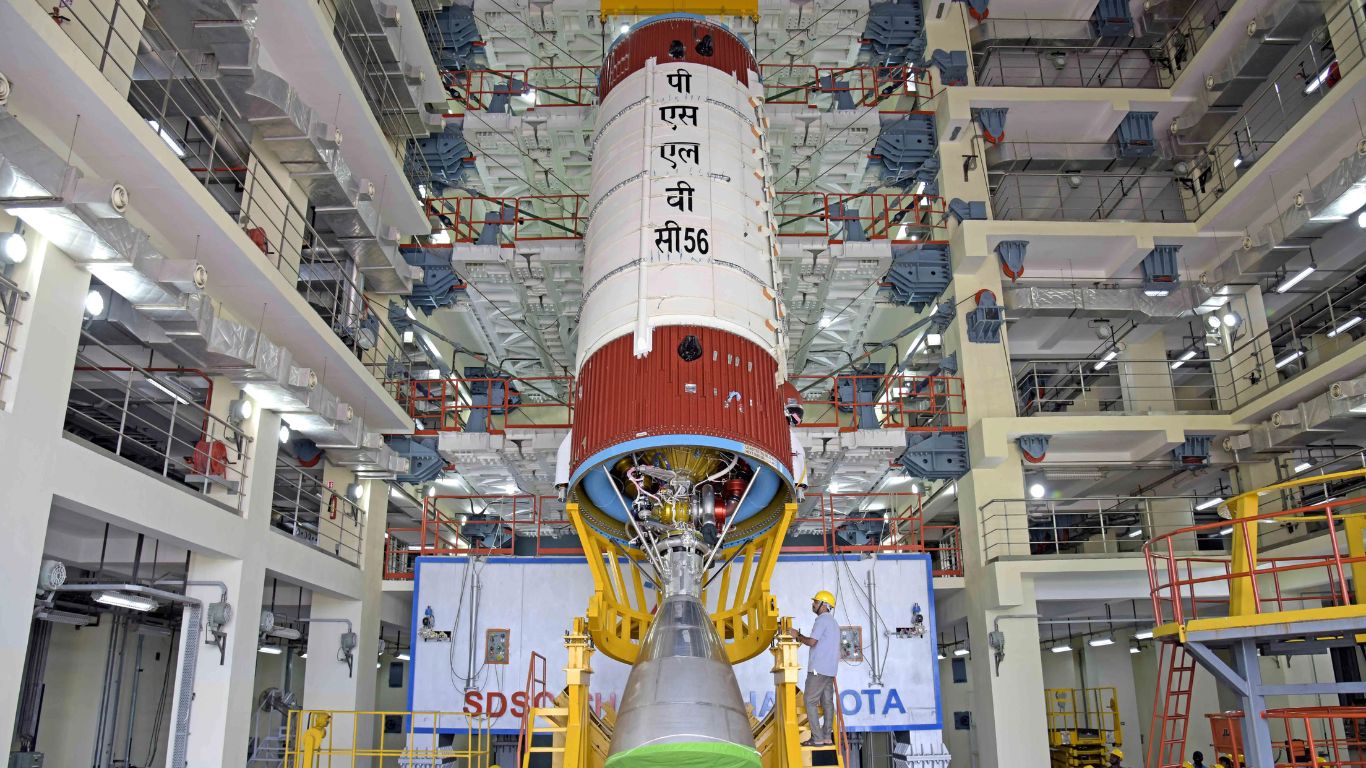
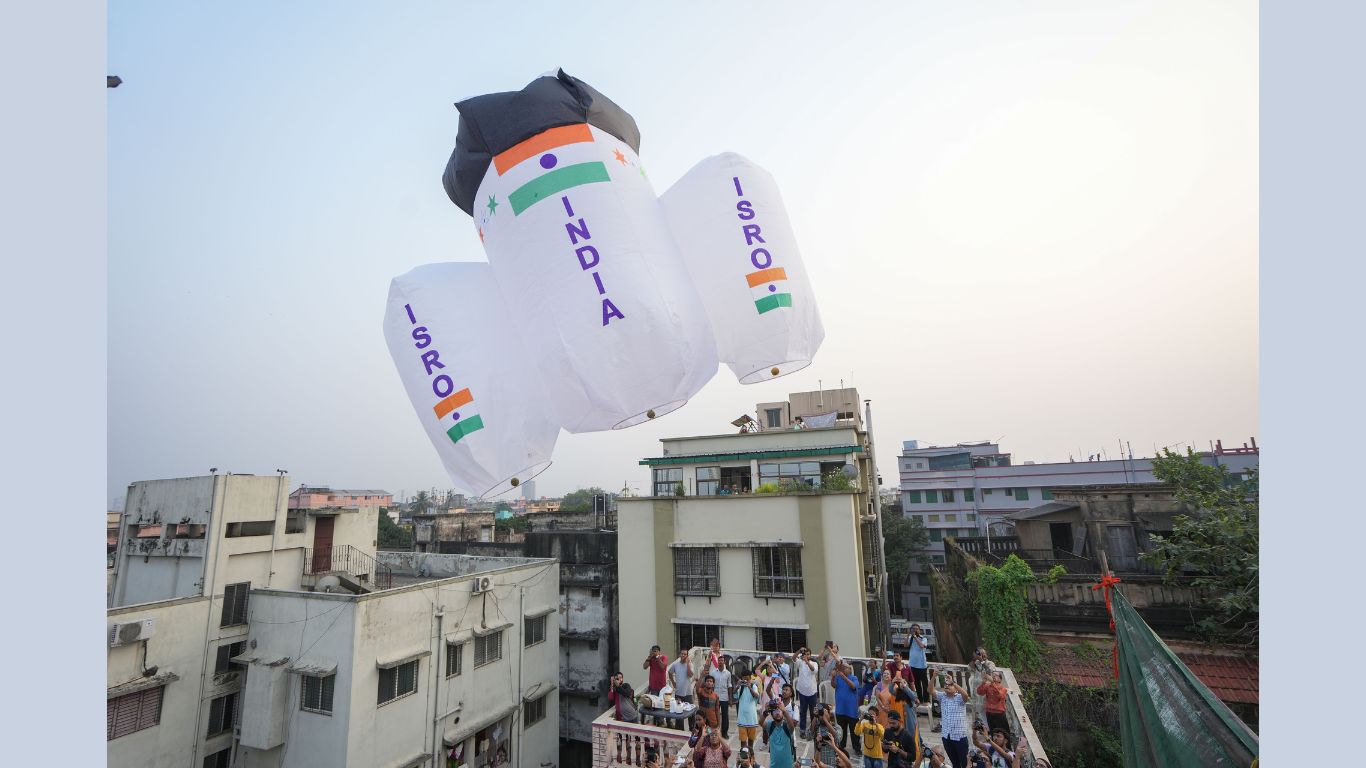
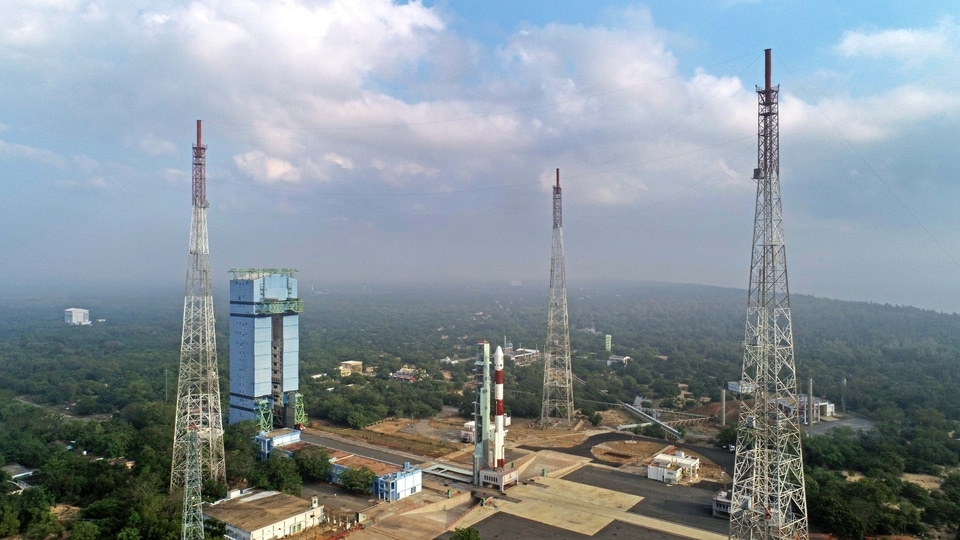
 View all Images
View all ImagesIn yet another proud moment for India, the Indian Space Research Organisation (ISRO) has powered another amazing mission to a successful conclusion. Dubbed the PSLV-C58 XPoSat Mission, ISRO launched the rocket and got the satellite into place exactly where it was required. While the XPoSat satellite is the most important part of the entire mission, all the hard work involved in boosting it into space in the correct orbit depended on just one thing - the PSLV-C58 rocket system, which has not been just successful, it is also very cheap when compared to other rocket systems from the US space agency, the National Aeronautics Space Administration (NASA). This success comes quickly on the heels of ISRO having successfully launched two historic missions in 2023 - the Chandrayaan-3 mission and Aditya-L1 mission.
1. C58 XPoSat Mission lifted off at 09:10 IST on Monday, the first day of the new calendar year 2024, from the Satish Dhawan Space Centre in Sriharikota. Notably, this was the 60th launch of PSLV going as far back as 1993. Significantly, most of the missions have been successfully completed.
2. The Polar Satellite Launch Vehicle (PSLV) in its C58 mission, placed the XPoSat satellite into a 650 Km Low Earth Orbit. The 44.4-metre tall rocket lifted off from this spaceport situated about 135 km east of Chennai.
3. Not just that, as indicated by former ISRO Chairman G Madhavan Nair, ISRO is also successfully competing against fierce competition of billionaire Elon Musk-led Space X in the commercial launch segment as is clear from its payloads.
4. So, what is XPoSat? Known as the X-ray Polarimeter Satellite, this is the first dedicated scientific satellite from ISRO to carry out research in space-based polarisation measurements of X-ray emission from celestial sources.
5. XPoSat has 2 scientific payloads: The first one is POLIX. It is an X-ray Polarimeter for astronomical observations made of a collimator, a scatterer and 4 X-ray proportional counter detectors that surround the scatterer.
6. POLIX is expected to observe about 40 bright astronomical sources of different categories during the planned lifetime of XPoSat mission of about 5 years.
7. The 2nd XPoSat scientific payload is XSPECT. This is an X-ray SPECtroscopy and Timing payload. XSPECT will observe several types of sources viz X-ray pulsars, blackhole binaries, low-magnetic field neutron star (NS) in LMXBs, AGNs and Magnetars.
8. The XPoSat mission objectives include measuring the polarisation of X-rays in the energy band 8-30 keV emanating from about 50 potential cosmic sources through Thomson Scattering by the POLIX payload.
9. Another one of XPoSat mission objectives is to carry out long-term spectral and temporal studies of cosmic X-ray sources in the energy band 0.8-15keV by the XSPECT payload; and to carry out polarisation and spectroscopic measurements of X-ray emissions from cosmic sources by the POLIX and XSPECT payloads, respectively, in the common energy band.
10. XPoSat mission scientific goals: Study the distribution of magnetic field, geometric anisotropies, alignment with respect to the line of sight, nature of accelerators in galactic cosmic X-Ray sources. This includes amazing entities like pulsars, black holes, low-magnetic field neutron stars (NS) in LMXBs, AGNs and Magnetars.
Catch all the Latest Tech News, Mobile News, Laptop News, Gaming news, Wearables News , How To News, also keep up with us on Whatsapp channel,Twitter, Facebook, Google News, and Instagram. For our latest videos, subscribe to our YouTube channel.


























